Nature shines in Madagascar. From the coastline of the Indian Ocean to the baobab trees, to the nearly 100 species of lemurs, this country’s uniqueness and beauty are unmatched. Welcoming people and a diverse culture only make going to Madagascar even more amazing. Despite its natural and cultural allure, however, Madagascar is a country in desperate need.
Drought has impacted more than a million Malagasy people in the south. Rivers, often the lifeblood of a village, are completely dry or so low the water barely reaches an adult’s knees. Stalled rainy seasons – rain that begins months too late and ends too soon – bring with it failed crops, malnutrition, and dwindling drinking water supplies.
In October 2017, U.S. Ambassador Robert T. Yamate redeclared a disaster in Madagascar for the fourth consecutive year because of drought.
Rainfall increased in November 2017, however, it’s a case of too little, too late. As a result of climate change, people are traveling more than four hours to water sources, like the Mandrare River, to fill plastic jugs and pails with water. Some people can’t complete the journey, so they scoop up muddy water – somewhat jokingly referred to as “chocolate water” – from potholes along the way.
And when weather emergencies do occur, such as flooding with Cyclone Enawo in March 2017, Madagascar’s poor roads make it difficult, if not impossible, to respond quickly. As a result, 100,000 people were affected, 183 were injured, and 50 died.
Still, volunteering in Madagascar is an excellent option for travelers who want a unique, meaningful trip, as the large island nation offers you a variety of impactful opportunities to get involved in the communities that welcome you. Use this article as your resource for choosing the right program!
Know Before You Go
Madagascar separated from the mainland of Africa roughly 160 million years ago. Its long isolation has resulted in entirely unique plants and animals. The island nation has attracted a wide range of people, making it incredibly diverse today. The first humans arrived about 2,000 years ago and were Austronesian. Arab merchants arrived around 1,000 AD, as did migrants from Africa.
Madagascar continued to grow, and over time, other humans reached the island, including those from China and India. The country is a distinct blend of African and Asian cultures. Malagasy and French are the official languages of Madagascar. It’s advised to learn some Malagasy before coming, as it will be much appreciated by the local people and make your stay much smoother.
Types of Volunteering Opportunities in Madagascar
Volunteering in Madagascar is a popular choice for nature lovers and those who find the culture fascinating. The island nation faces serious challenges when it comes to poverty, hunger, environmental destruction, and access to quality education and healthcare. Fortunately, when it comes to volunteering, Madagascar has several options for service-minded visitors.
Conservation efforts are perhaps the most popular, with everything from beach conservation to outreach programs. With so many options for volunteering in Madagascar, you can find a program that matches your passion and skills quite easily.
A few more examples of popular volunteering projects in Madagascar include:
- Lemur conservation: Conserve the natural habitat of lemurs, an endangered species.
- Healthcare: Provide basic medical service to communities in need and increase awareness of key health issues.
- Childcare: Work with disadvantaged children at community centers, and provide them the educational and social support they need.
Featured Programs
Trending Guidebooks
Volunteering Abroad AFTER the Coronavirus Outbreak
Read 25,897 times2025 Best Internships Abroad: Medical Care, Marine Biology & More
Read 89,305 timesVolunteer in Australia: Animals, Conservation, Ranching and More
Read 49,233 times2025 Best Volunteer Abroad Programs, Organizations, and Projects
Read 3,646,774 times
IVHQ began in 2007, and since then, they have become highly respected in the industry, having sent more than 80,000 interns and volunteers abroad so far (and counting). The marine and forest conservation volunteer project in Madagascar is considered one of its top programs.
A traveler’s tip: because of the remote location on Nosy Komba Island, use a backpack. It’s easier to get on and off the boat and climb to the cliffs where your hut-style accommodations overlooking the beach are located. IVHQ has numerous reputable volunteer programs on and around the islands of Nosy Komba and Nosy Be on Madagascar’s northwest coast, including:
Monitor sea turtles, protect coral reefs and research nudibranchs. You can also go diving during this program in Nosy Komba! Participants engage in reef surveying, turtle monitoring, nudibranch research, beach cleaning, and community education. Volunteers must be competent swimmers with Open Water and Advanced Open Water Dive Certifications. The project offers comprehensive training, including identification of marine wildlife and coral baseline surveying, ensuring a meaningful impact.
The Turtle Conservation Volunteer Program in Madagascar aims to regenerate populations of endangered turtles. Volunteers help identify, develop, and protect turtle nesting zones. Activities vary by season, including data collection, beach clean-ups, and educational programs. Volunteers must be competent swimmers with a medium level of fitness. Comprehensive training is provided, offering hands-on experience in turtle care and conservation.
With over 35 years of experience as a non-profit organization and charity, IVI is dedicated to sustainable and impactful volunteer projects. They offer diverse projects in Madagascar, ensuring that every volunteer can find a project that matches their passion. IVI guarantees a secure and enriching experience with its excellent safety record and 24/7 in-country support. Volunteering with IVI also means sharing your experiences with international volunteers, fostering a global community spirit, and making lifelong friendships.
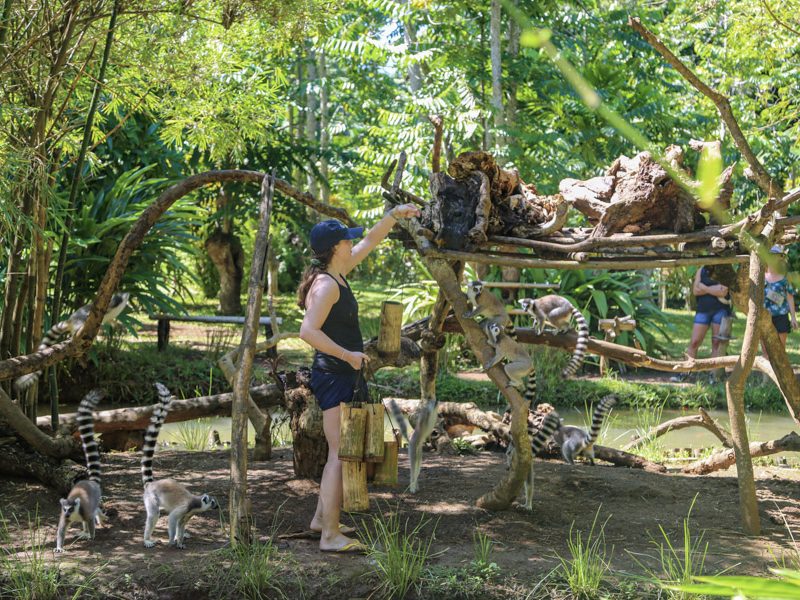
IVI works with local communities on sustainable volunteer projects. Their affordable and life-changing programs include accommodation, meals, airport pickup, local transportation, a one-day orientation, and 24/7 in-country support. Volunteers receive pre-departure expert advice, preparation tools, checklists, and a certificate of completion. The orientation day helps you familiarize yourself with the local surroundings, culture, and customs, ensuring a smooth transition into your volunteer role.
In the Community Construction program in Madagascar, volunteers work alongside local workers to enhance the community’s infrastructure by constructing, renovating, building, and decorating local schools. This hands-on project involves tasks such as bricklaying, carpentry, waterproofing, laying tiles, and landscaping. Volunteers get creative by painting school buildings, making them vibrant places for learning. Additionally, they help renovate playgrounds, construct paths, and build toilet facilities. This project, based on Nosy Be Island, not only improves the educational environment for local children but also supports the overall development of the community.
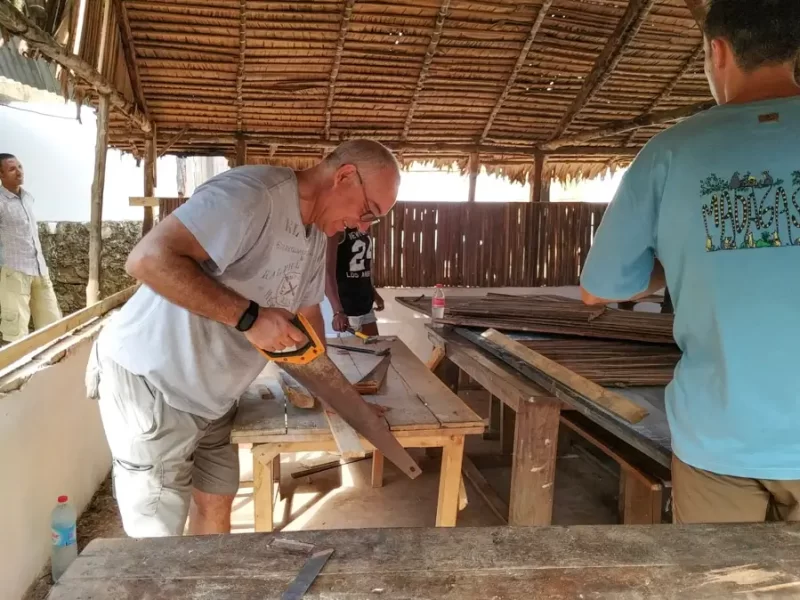
The Mangrove Environmental Conservation project in Madagascar focuses on preserving and protecting the island’s precious mangrove forests. Volunteers work at the Espace Zeny cultural and ecotourism center, which trains local people in sustainable farming practices. They assist in planting mangrove seedbeds, sustainable farming, and other ecotourism projects such as bee farming. This project also involves educating local children about environmental conservation and making the mangrove site an outdoor classroom. Located on Nosy Be Island, this project provides an exciting opportunity for those interested in environmental protection and conservation.
The Lemur Conservation program in Madagascar aims to raise public awareness and preserve the unique wildlife of the island, particularly its native lemur population. Volunteers work at a local animal reserve, assisting with feeding lemurs, maintaining their enclosures, and collecting data for ecological research. Tasks include collecting fruit and leaves for lemurs, preparing their feed, cutting grass, planting trees, and cleaning their cages. This project also involves engaging with sanctuary visitors to educate them about lemurs and their habitat. This program offers a unique chance to interact closely with various lemur species while contributing to their conservation.
Be a volunteer in Madagascar with Volunteering Solutions and choose from a range of affordable programs located on Nosy Komba and Nosy Be islands, making them ideal for students, backpackers, gap year travelers, families, and groups. Volunteers stay in camp-style accommodations with the chance to complete diving courses.
Volunteers help improve living conditions by building and maintaining community facilities, addressing water and sanitation issues, and constructing pathways and bridges. This hands-on program also involves fundraising efforts to support these projects. The program requires volunteers to be at least 18 years old and physically fit.
Volunteering for the Forest Conservation Program in Madagascar offers the chance to protect one of the world’s most unique ecosystems. Volunteers engage in studying wildlife, conducting field surveys, and contributing to local community initiatives. The program focuses on black lemur ecology, reptile surveys, bird surveys, and agroforestry. Volunteers receive training on species identification and data collection, working under the supervision of professional conservationists.
Volunteers teach English to local youth and staff members at the Oceanographic Research Institute on Nosy Be. This program helps improve the English skills of the community, enhancing their job prospects in the growing tourism industry. Volunteers receive basic training and work in local schools and communities. The program requires volunteers to be at least 18 years old and possess a positive attitude to make a difference.
Volunteers who join GVI in Madagascar can expect an immersive cultural and adventure experience unlike any other. As a volunteer in Madagascar, you’ll be based at GVI’s community hub on the unique island of Nosy Be right next to Lokobe National Park. GVI takes every precaution to ensure the safety of participants, with trained support staff available 24/7. GVI follows robust impact, sustainability, and ethical standards, with programs guided by local organizations and ethical principles. Volunteers work alongside GVI staff and participants from around the world, gaining a global perspective and making lasting connections.
Volunteers will collaborate with local organizations and schools to organize educational workshops for women and girls, covering subjects like self-confidence, sustainability, health, wellness, and English literacy.
Volunteers will assist in collecting data on local reptile, bird, and mammal species, including black lemurs, hawks’ sportive lemurs, and panther chameleons. They will conduct species surveys, density studies, and habitat restoration by planting indigenous trees.
This program involves exploring the island and coastal biodiversity, snorkeling in marine habitats, and contributing to conservation projects. Volunteers will work with research teams to study terrestrial and marine biodiversity, including conducting surveys of coral reefs, reef fish populations, and coastal wildlife.
Finding Your Dream Madagascar Volunteer Program
No matter what your passion and skills are, you can find a volunteer program in Madagascar that’s suitable. The programs and organizations listed here are all reputable and highly recommended. With some research and careful thinking about what you want, you’ll sign up for the right program — and you’ll soon be packing your bags for magnificent Madagascar!
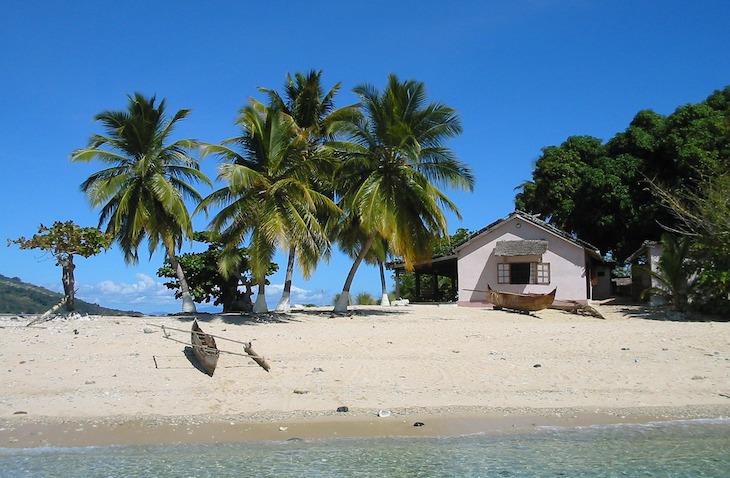
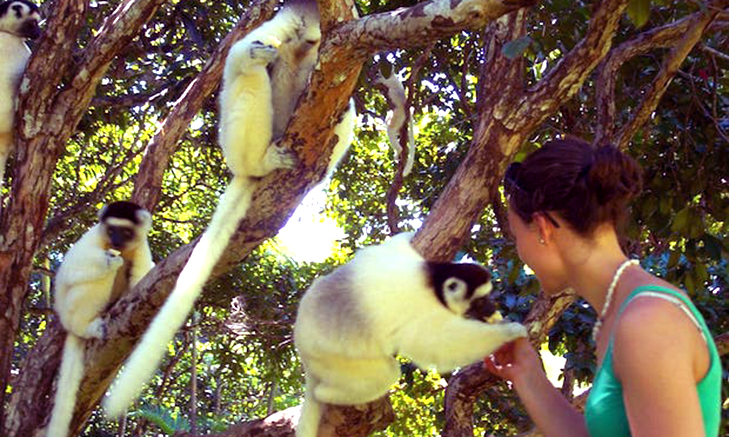









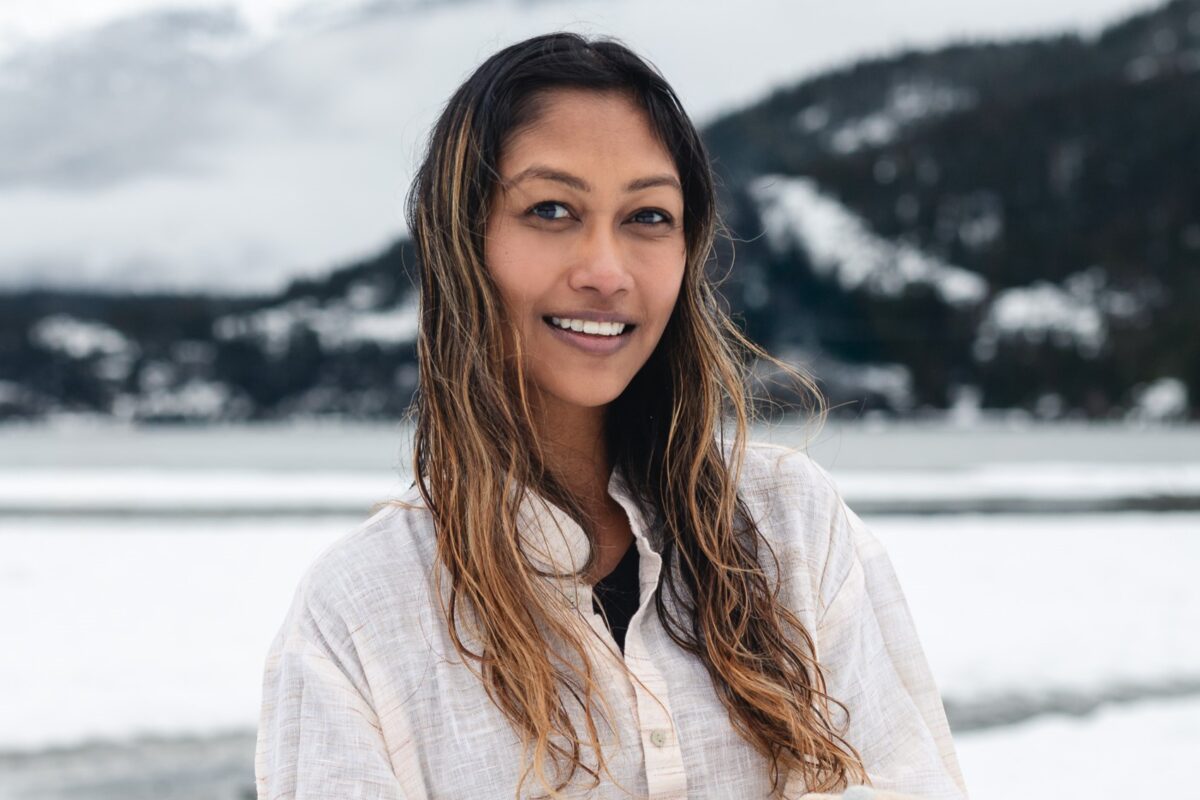




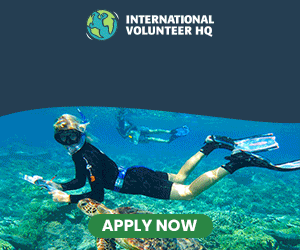
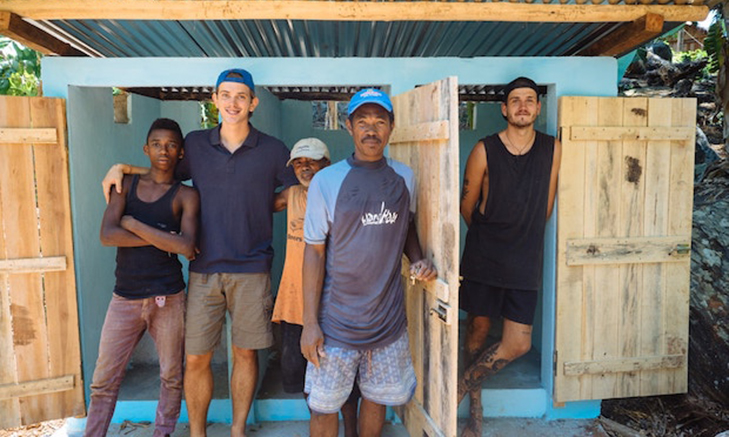
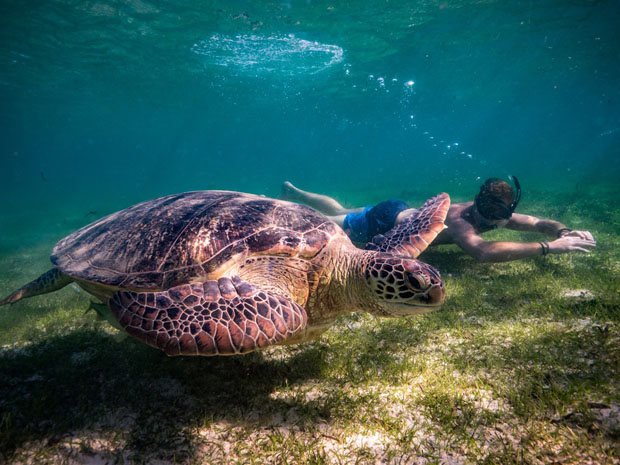



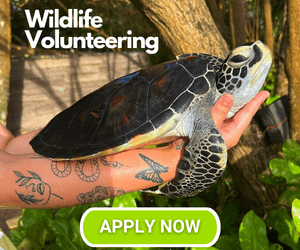
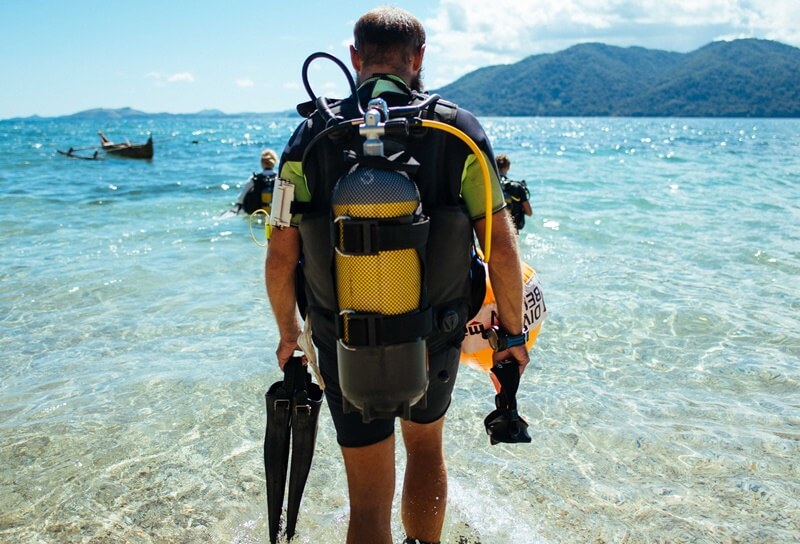
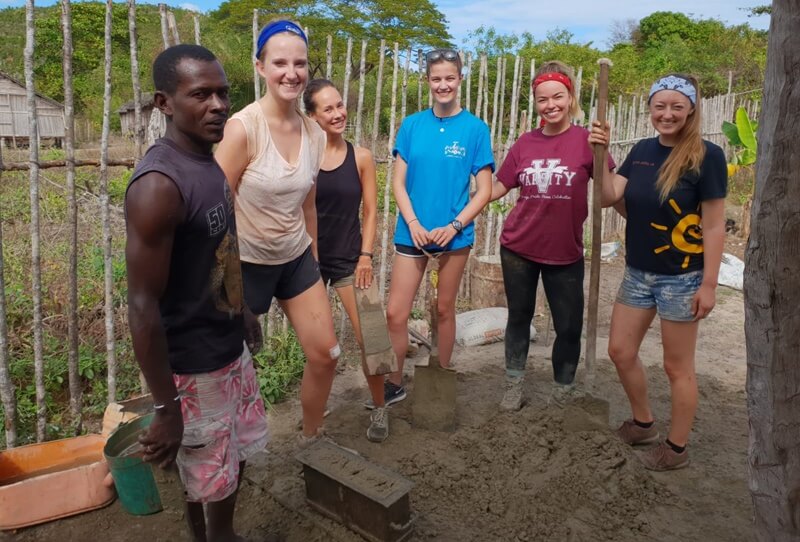

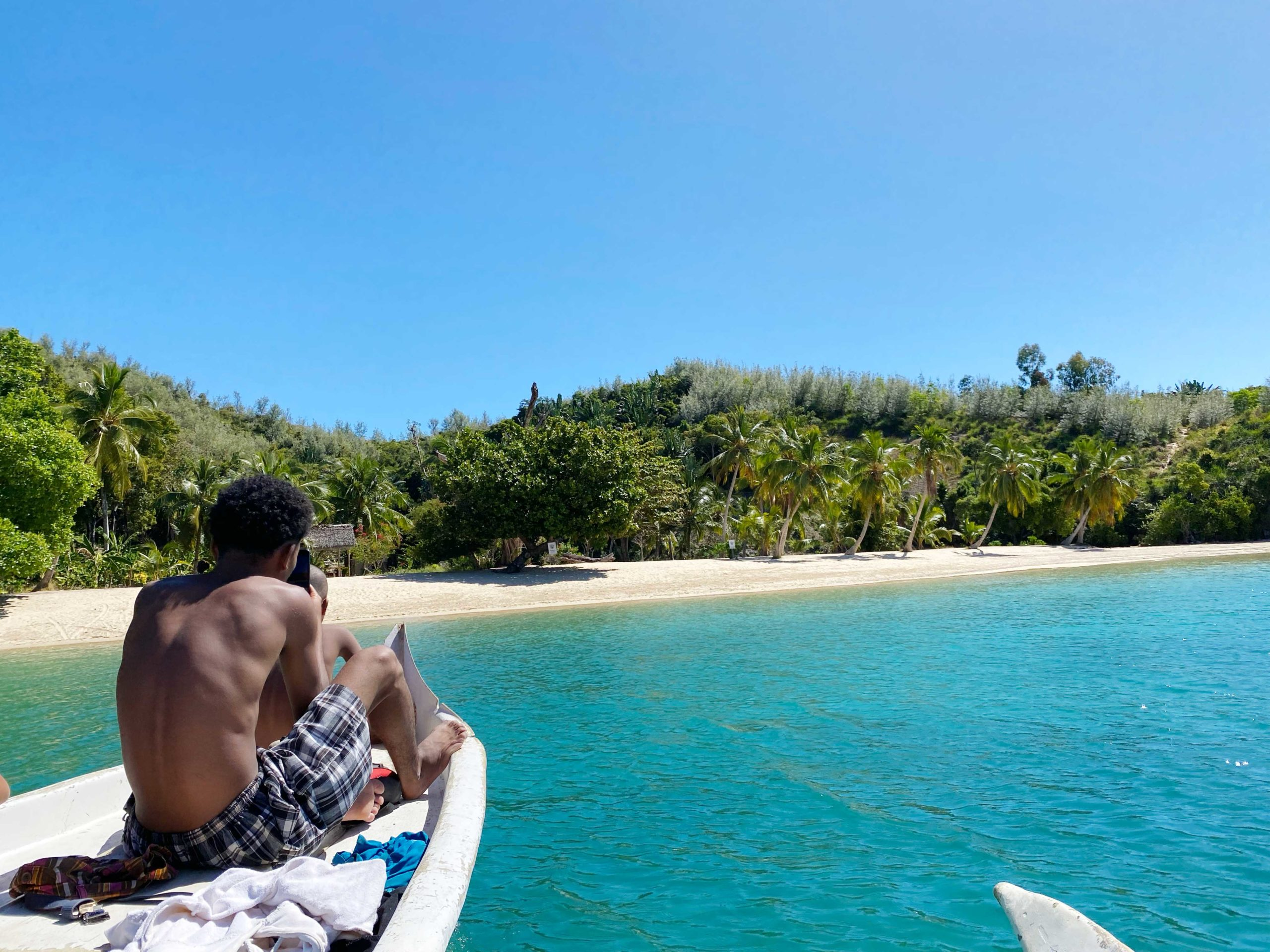
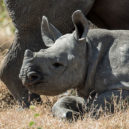
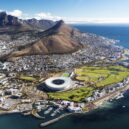
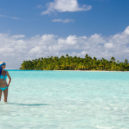
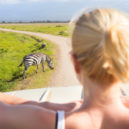






Volunteer Forever · Editorial Team
The mission of Volunteer Forever is to make it easier for people to volunteer, teach, intern, and travel around the world by helping them find and fund their trips abroad.